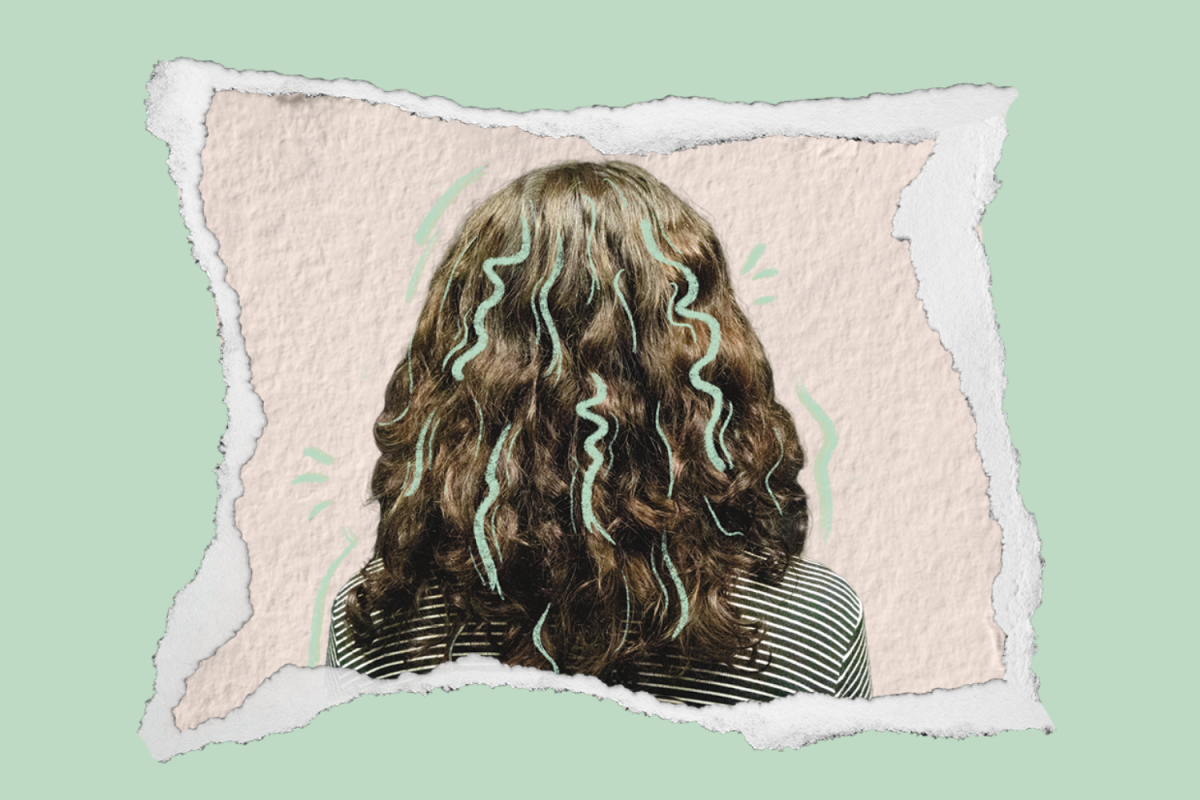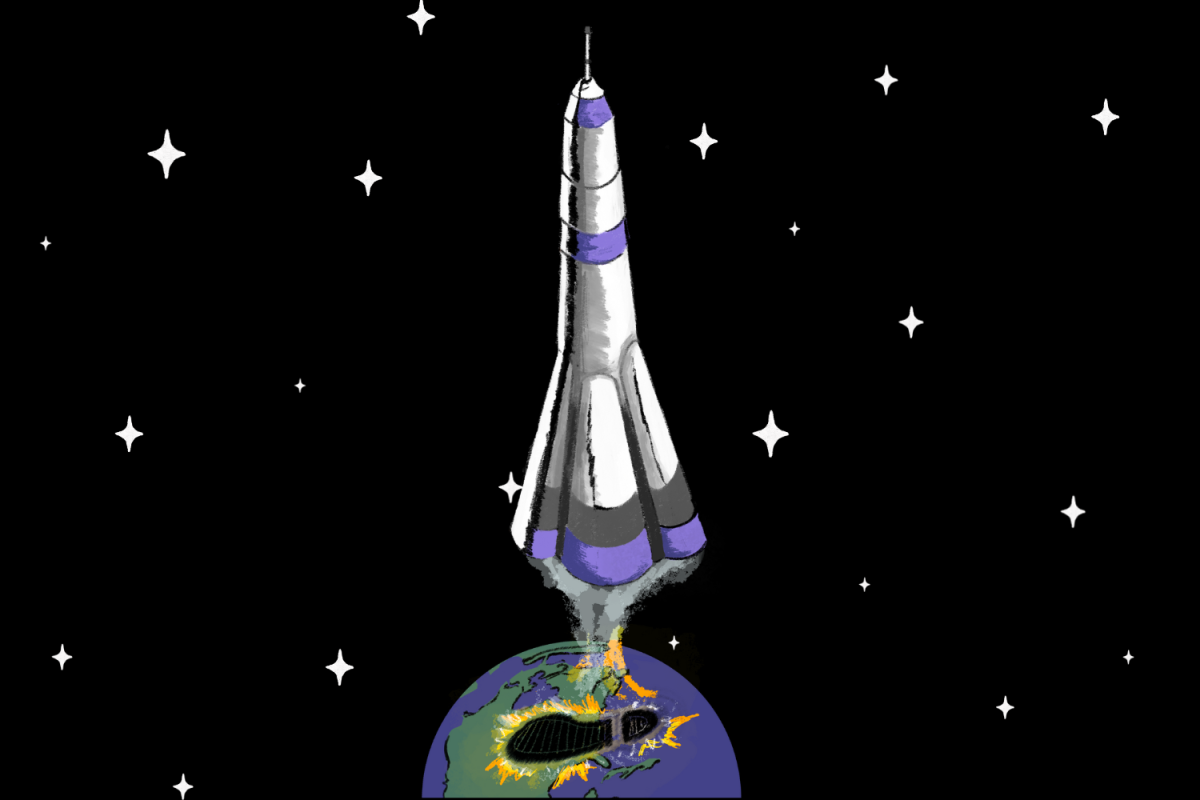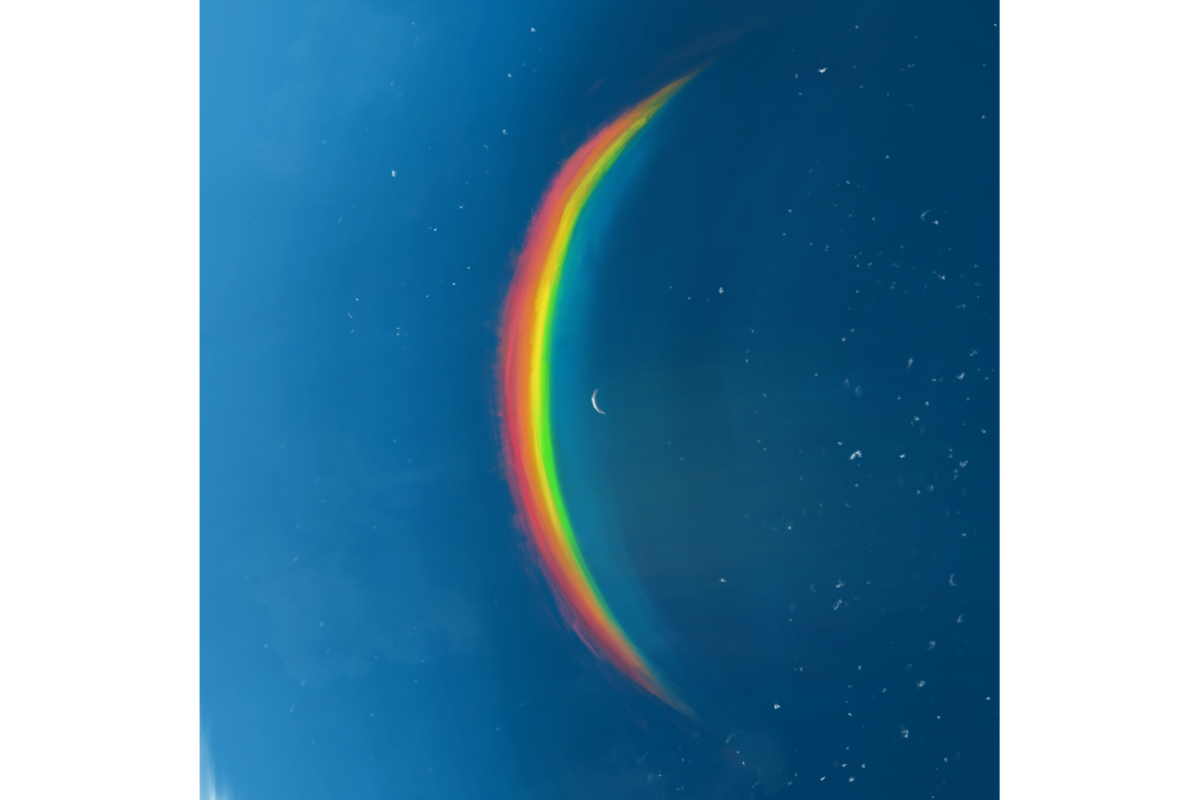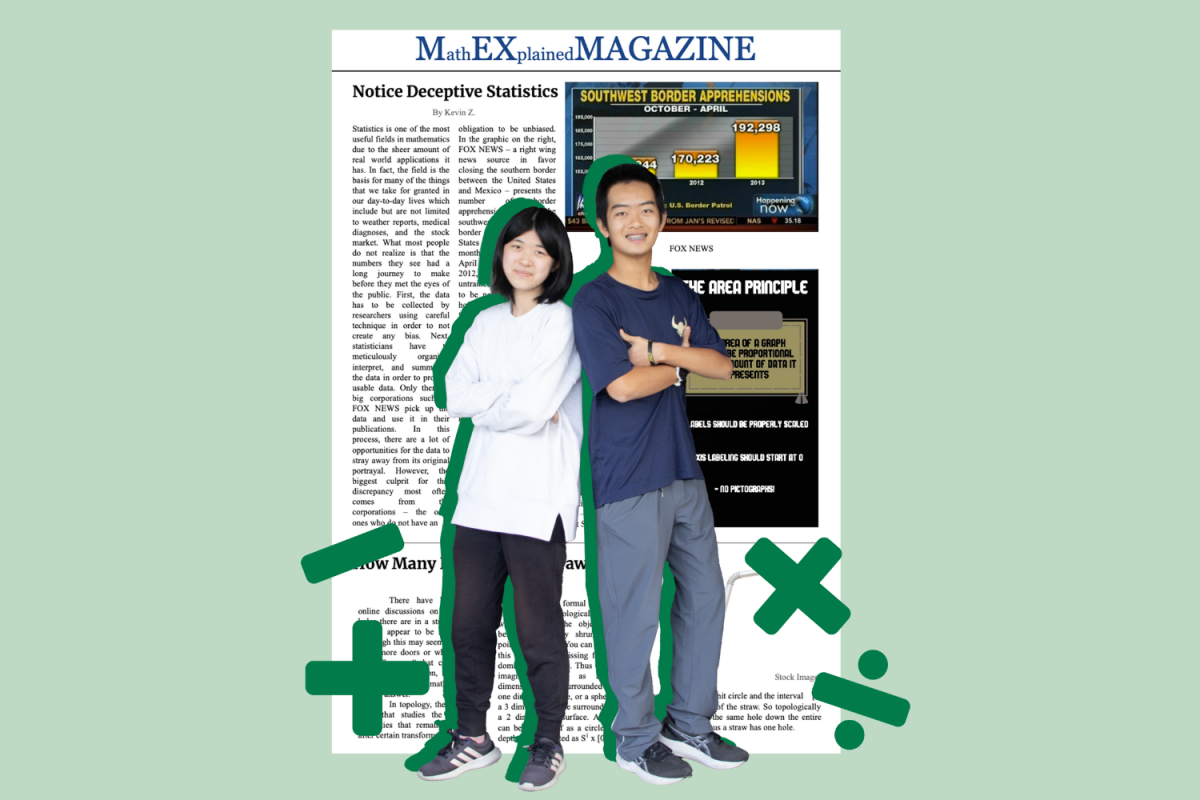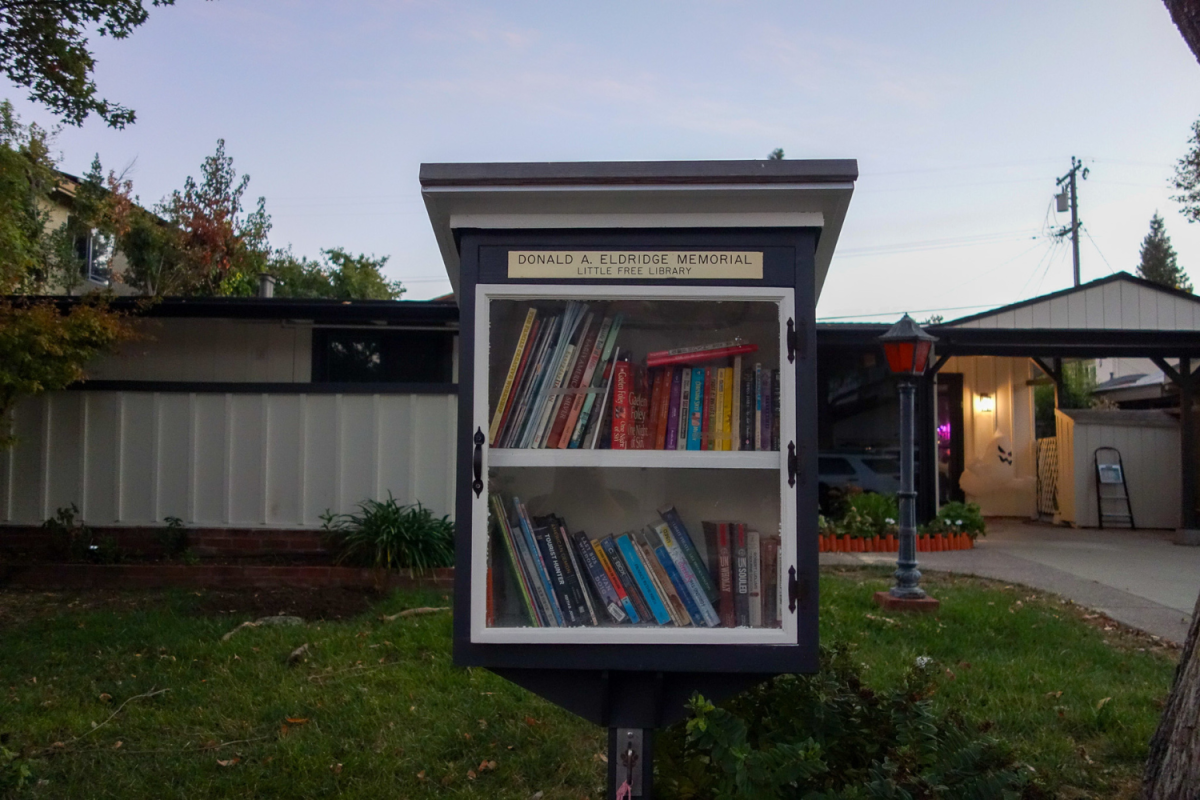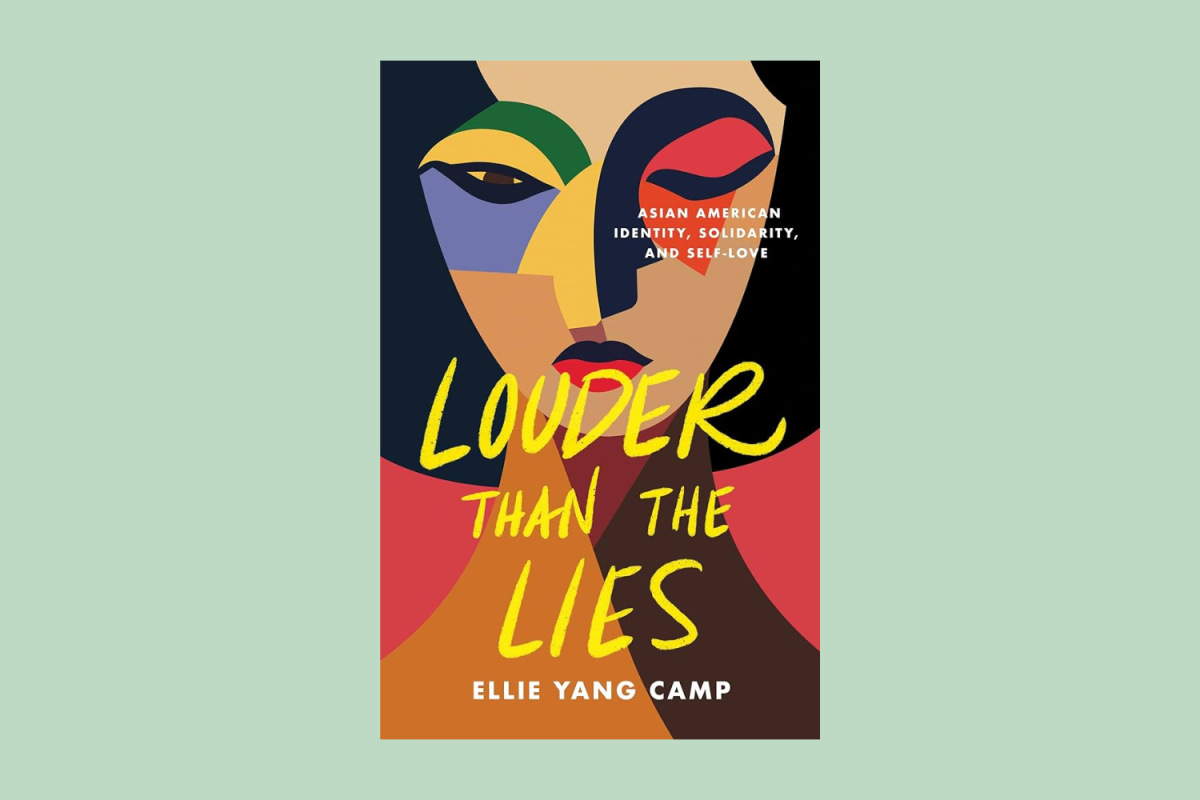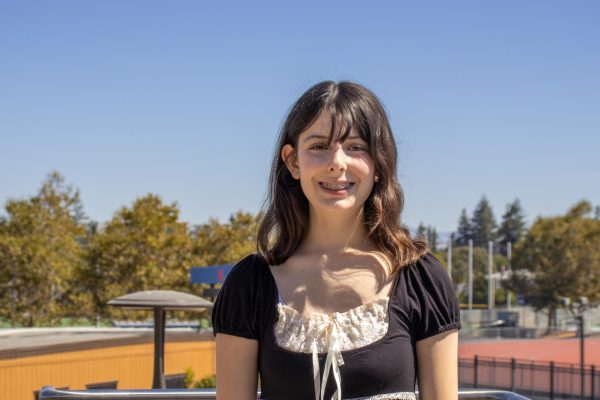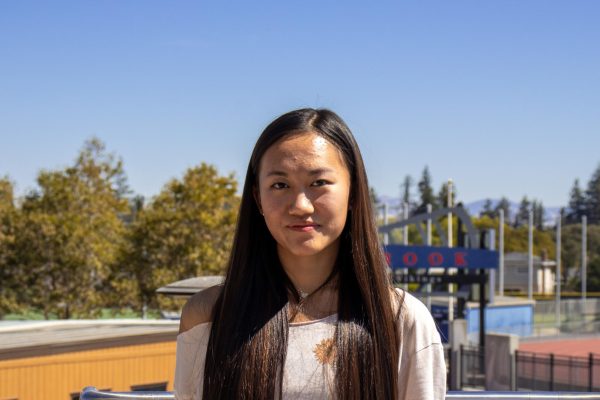What you need to know:
- Hair plays a big role in strengthening identity, self-expression, confidence and culture.
- Hair dye and styling allow people to express their personalities as well as define their social identity.
- Embracing natural hair textures and religious hair coverings allows many to gain confidence and pride.
Hair has long been a crucial part of tradition, culture and identity. Through cultural movements and popular trends, hairstyles have evolved to become an important form of self-expression. Lynbrook students and teachers use their hair to strengthen their identity, self-expression and culture, embracing different textures, colors and religious expressions.
“We use outward appearance as a way to show a part of who we are,” science teacher Jason Lee said. “I think especially in the 20th and 21st century, hair is a big part of our confidence, expression and identity.”
Throughout history, dyes and hair accessories have contributed to daily routine and expression. Dyes were used for purposes like masking aging in countries like Greece and Egypt while accessories were used as a sign of status and faith. As time progressed, hairstyles evolved across a multitude of cultures to bring forward a representation of identity and social reformation. In the United States, hairstyles have become more distinct, evolving from the pixie cuts present in the Roaring Twenties to long male hair popular in the 1960s. As methods of hair styling changed, dyeing hair with unconventional colors became more and more popular in the 21st century as a form of expressing identity and personality.
“I think hair definitely shows a person’s self-expression, and it becomes something people will notice about you,” science teacher Jessica Lu said. “People are perceived differently based on their hairstyle and how they want to be perceived.”
Unnatural hair colors grew in popularity starting from the late 1900s, signifying a change in how people style their hair to represent themselves in a bolder way. Vividly colored hair is a common trait of Japanese anime, as many characters boast bright unconventional styles to portray a unique personality through their appearance. In mainstream Western media, purple or red streaks through the hair are often used to give an edginess to many East Asian characters, such as GoGo Tomago from “Big Hero 6” and Blink from “X-Men,” both known for their purple highlights and fierce personality.
Different colors in a character’s design can symbolize different parts of a character’s identity, or even tell their backstory. For example, blonde hair is often associated with liveliness and beauty, such as the iconic Regina George from “Mean Girls,” while red hair often gives the impression of a smart and fiery temper, seen in the fierce Merida from “Brave.”
The chunky highlights, bleached hair and natural color of many characters in mainstream media both in the past and the present inspire some book and movie lovers to begin dyeing their hair as a way to enjoy the fun and excitement that less typical hairstyles bring, while also adopting a way to express themselves through their appearance.
“I usually dye my hair with a reddish tinge,” English teacher Vanessa Otto said. “It may have something to do with my obsession with “Anne of Green Gables,” possibly my favorite literary character, who is known for red hair.”
The practice of advocating for natural hair texture also grew and inspired many to style their natural hair with curls and waves. It was brought forward with the Natural Hair Movement, which first erupted across the country in the 1960s as a part of the Civil Rights Movement. It advocated for equal treatment for African Americans who chose to wear their hair naturally, pushing back against European beauty standards that demanded straight hair.
“When my hair started getting curly in freshman year, I would straighten it almost every day,” junior Meryem Bekar said. “I didn’t know how to style my natural hair, and I would feel insecure because everybody had straight hair. I just felt like I was standing out.”
After decades of advocating for hairstyles like afros, braids, natural hair and locs, as well as the artistry involved in them, many now embrace their curly or wavy hair textures. A multitude of hair products and styling techniques meant for all hair types such as hair mousse, curl cream and diffusers have allowed many to embrace the beauty of their natural hair.
“In high school, I always wanted to look like everyone else,” Lee said. “Now, my wavy hair is something that I try to embrace more. Sometimes it doesn’t cooperate with me, but ultimately, my hair is my hair.”
Just as much as hairstyles affect a person’s identity and self-expression, hair coverings also help to contribute to the religious and cultural identity of many. Across religions like Christianity, Catholicism, Islam, Sikhism and many more, head coverings are a key part to identity and faith. Hair wraps convey commitment, pride and modesty.
In Muslim culture, the hijab is worn by many women to represent religious devotion and protection, serving as a part of one’s self-expression and perception. However, during the 20th and 21st centuries, negative correlations and stereotypes were placed on the hijab, resulting in the repression of hijabi women in education, the workforce and society. In recent years, many Muslim women living in the United States embrace their hijabs as a representation of pride in their religion, as well as an indication of dignity and beauty.
“The hijab makes me feel more connected to Islam because it is a symbol of my religion,” senior Mariam Shihab said. “When someone sees me, they automatically know that I’m Muslim.”
Despite the challenges that uncommon hairstyles may face, these styling techniques offer a stage for original self-expression. Through their hair, people are able to show their characters in their outward appearances with confidence and pride.
“People are always asking me, ‘You’re dyeing your hair again?’” freshman Michelle Chung said. “I reply with ‘Yeah, and?,’ and just ignore them. Now, I dye my hair so often people know it’s a fact about me.”
The excitement and creativity that hairstyles bring to people’s life allows for self-expression, confidence and the chance for a fresh new start in the form of hair. From hair colors and textures to styling, hair solidifies a personal and social identity for many people.
“Each hairstyle is like a fresh start, signifying the end of something and the beginning of something else,” cosmetology professor Sandra Honesto said. “Hair is both a holder of history and an empowerment.”




























































